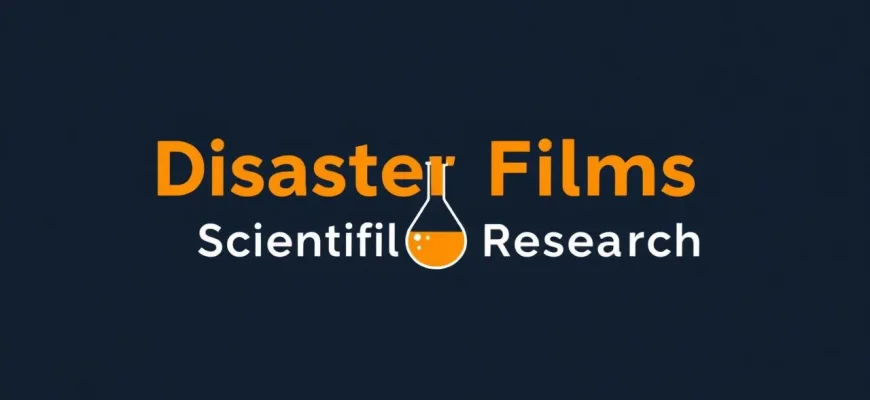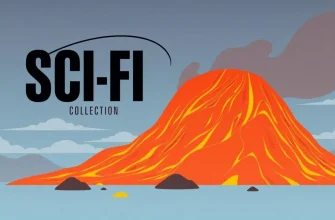Dive into the heart-pounding world of disaster films where science goes awry. These movies not only entertain with their high-stakes drama but also offer a glimpse into the potential perils of scientific exploration. From rogue experiments to unintended consequences, this curated list showcases films that blend scientific inquiry with catastrophic outcomes, providing both thrills and thought-provoking scenarios for those who love a good mix of science and suspense.

The Andromeda Strain (1971)
Description: A team of scientists investigates a deadly extraterrestrial microorganism that threatens humanity. This film delves into the dangers of biological research and containment.
Fact: The movie was based on Michael Crichton's novel of the same name, which was influenced by real-world concerns about biological warfare.
 Watch Now
Watch Now 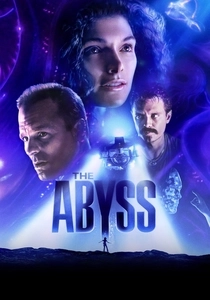
The Abyss (1989)
Description: A deep-sea drilling platform team encounters mysterious phenomena, leading to a potential global disaster. This film combines scientific exploration with supernatural elements.
Fact: James Cameron developed new underwater filming technology for this movie, pushing the boundaries of what was possible in underwater cinematography.
 Watch Now
Watch Now 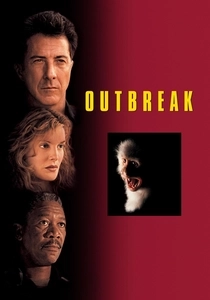
Outbreak (1995)
Description: A deadly virus escapes from Africa, and a team of doctors race against time to stop its spread. This film explores the potential for biological research to go catastrophically wrong.
Fact: The film was inspired by the book "The Hot Zone" by Richard Preston, which detailed real-life outbreaks of Ebola.
 Watch Now
Watch Now 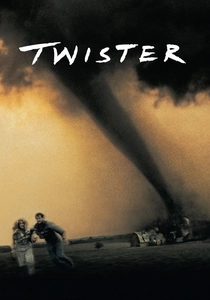
Twister (1996)
Description: A team of storm chasers attempts to deploy a groundbreaking weather research device during a tornado outbreak. This film highlights the risks and excitement of meteorological research.
Fact: The film was shot during actual tornado season, and some of the tornadoes depicted were real, captured by storm chasers.
 Watch Now
Watch Now 
Armageddon (1998)
Description: A team of oil drillers is sent into space to destroy an asteroid on a collision course with Earth. While not strictly scientific research, the film explores the application of technology in averting disaster.
Fact: The film's special effects were groundbreaking at the time, and it was one of the highest-grossing films of
 Watch Now
Watch Now 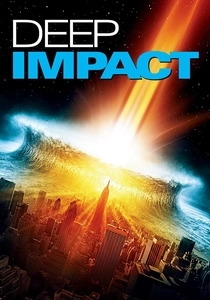
Deep Impact (1998)
Description: A comet is discovered on a collision course with Earth, prompting a desperate mission to deflect it. This film showcases the scientific community's response to a potential extinction-level event.
Fact: The film was released in the same year as "Armageddon," leading to comparisons between the two comet/asteroid disaster films. It was praised for its more realistic approach to the scenario.
 Watch Now
Watch Now 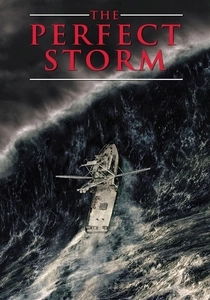
The Perfect Storm (2000)
Description: Based on a true story, this film follows a fishing crew caught in a once-in-a-century storm, showcasing the unpredictability of weather research.
Fact: The film used real footage of the storm and recreated the events with meticulous attention to detail.
 Watch Now
Watch Now 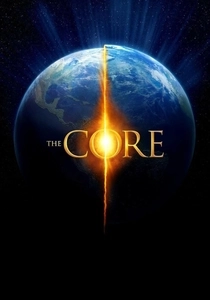
The Core (2003)
Description: When the Earth's core stops spinning, a team of scientists must drill to the center of the planet to restart it, preventing a global catastrophe. This film perfectly encapsulates the theme of scientific research leading to a disaster scenario.
Fact: The film's concept was inspired by the real-world idea of the Earth's core rotation, though the execution is purely fictional. The movie features a cameo by NASA's Jet Propulsion Laboratory.
 Watch Now
Watch Now 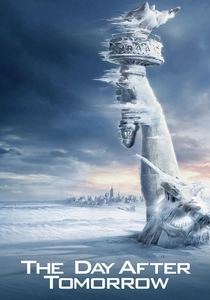
The Day After Tomorrow (2004)
Description: A paleoclimatologist must save his son and the world from a sudden global weather shift that triggers a new ice age. This film explores the unintended consequences of climate change research.
Fact: The film's depiction of weather phenomena was based on real climate models, though exaggerated for dramatic effect. It was one of the first major films to address climate change.
 Watch Now
Watch Now 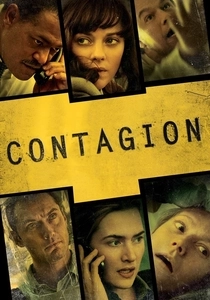
Contagion (2011)
Description: A medical thriller that follows the rapid progression of a lethal virus, highlighting the response of the scientific community. This film is eerily prescient given real-world pandemics.
Fact: The film's scientific accuracy was praised by experts, and it was used as a training tool by the CDC.
 Watch Now
Watch Now 
